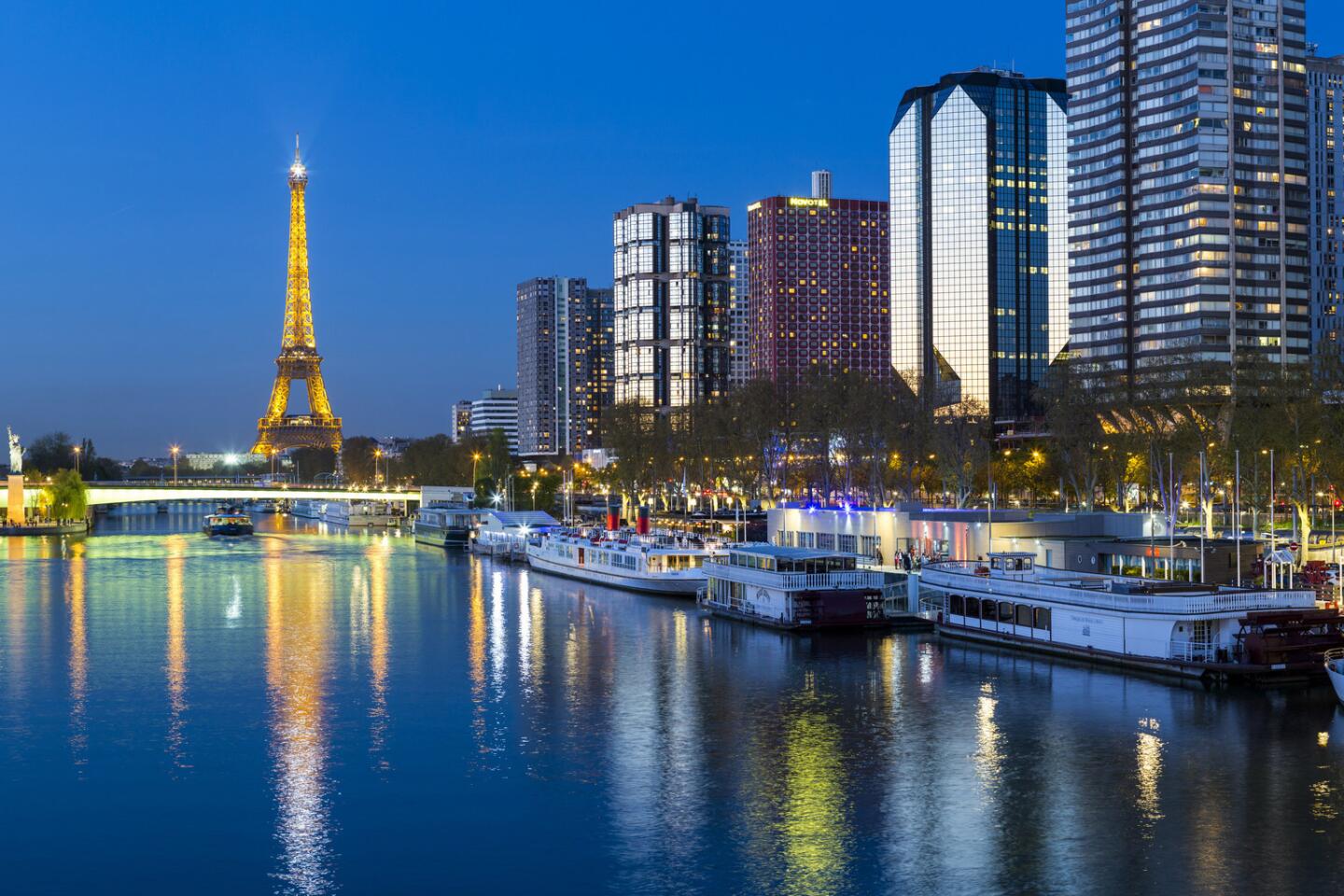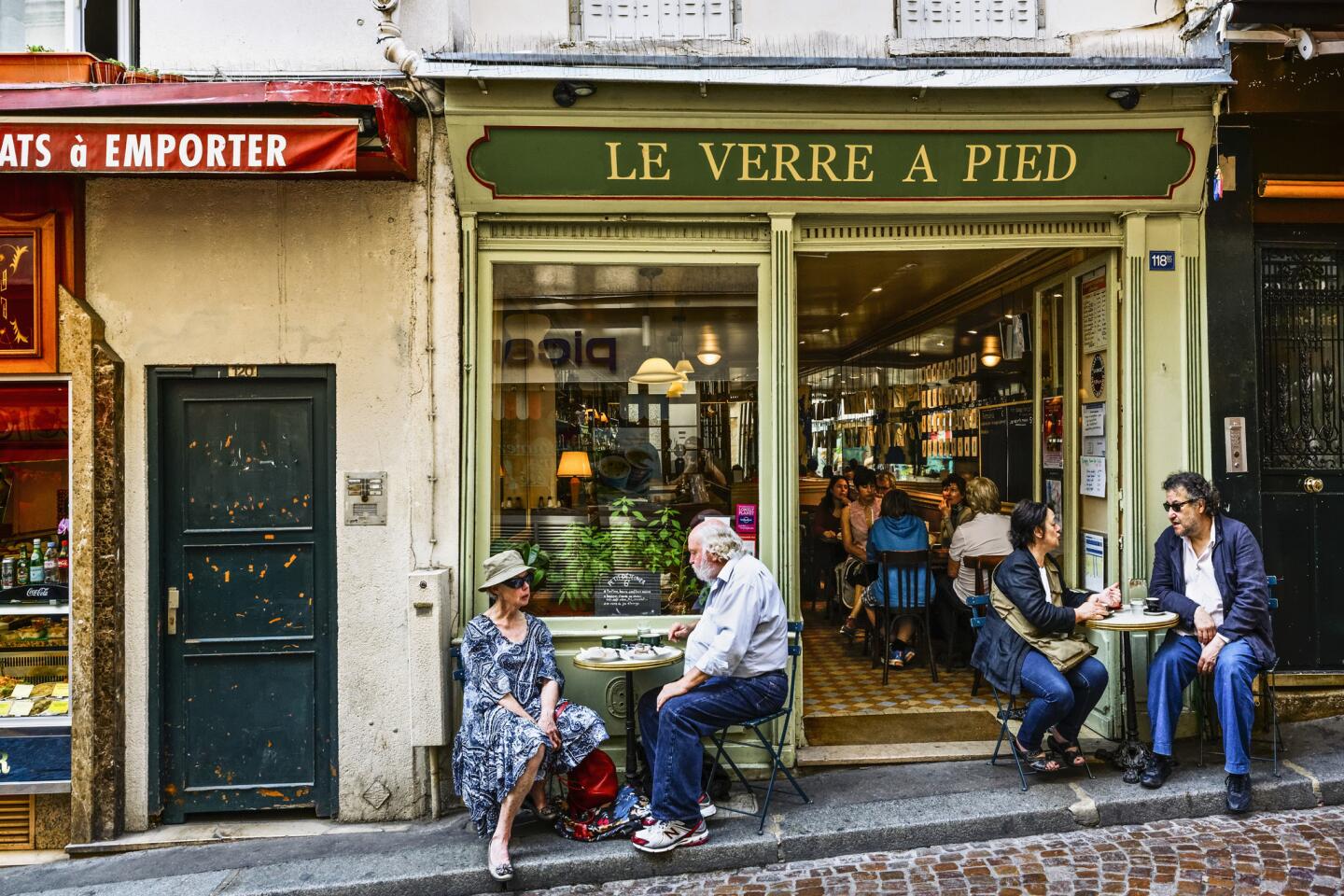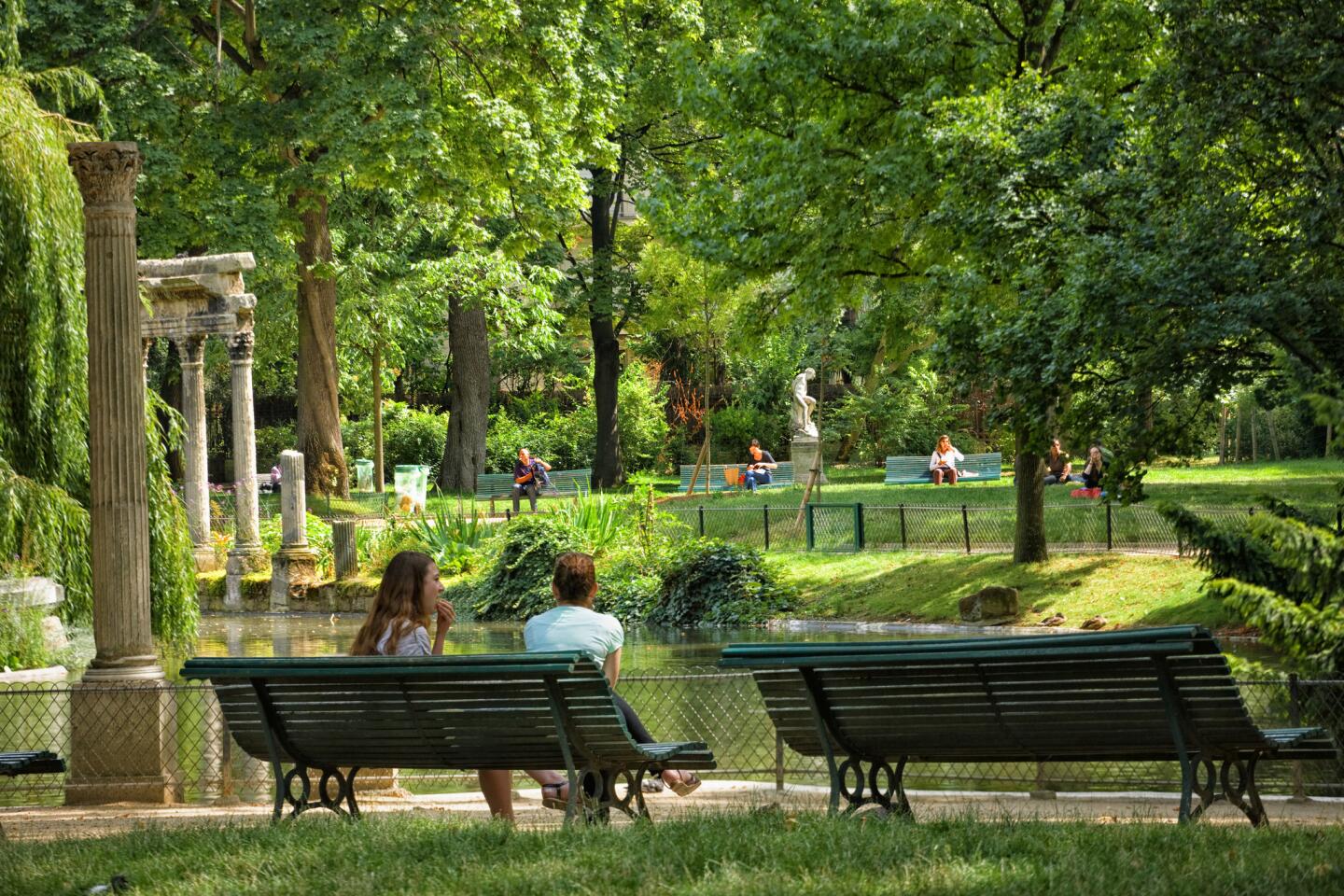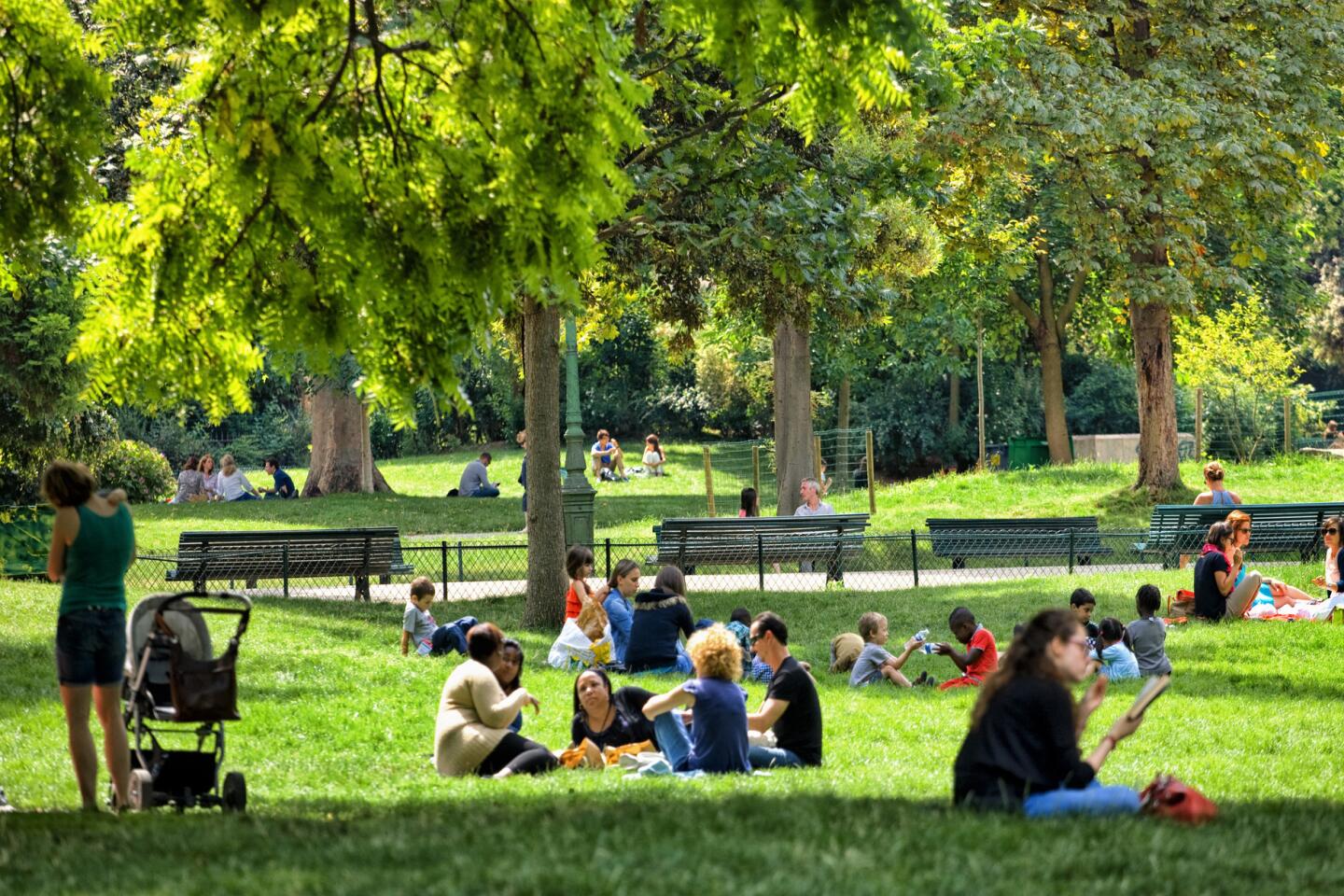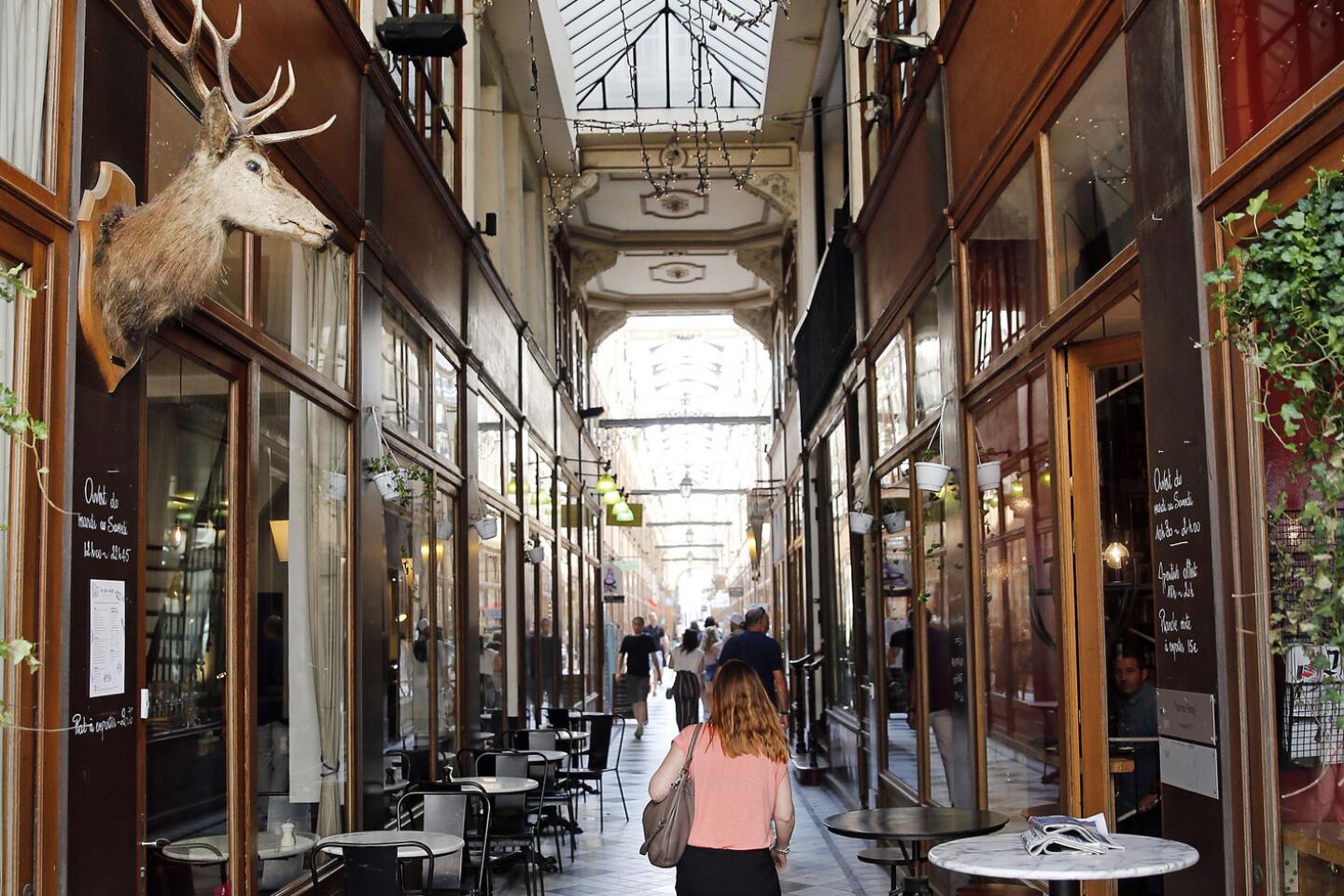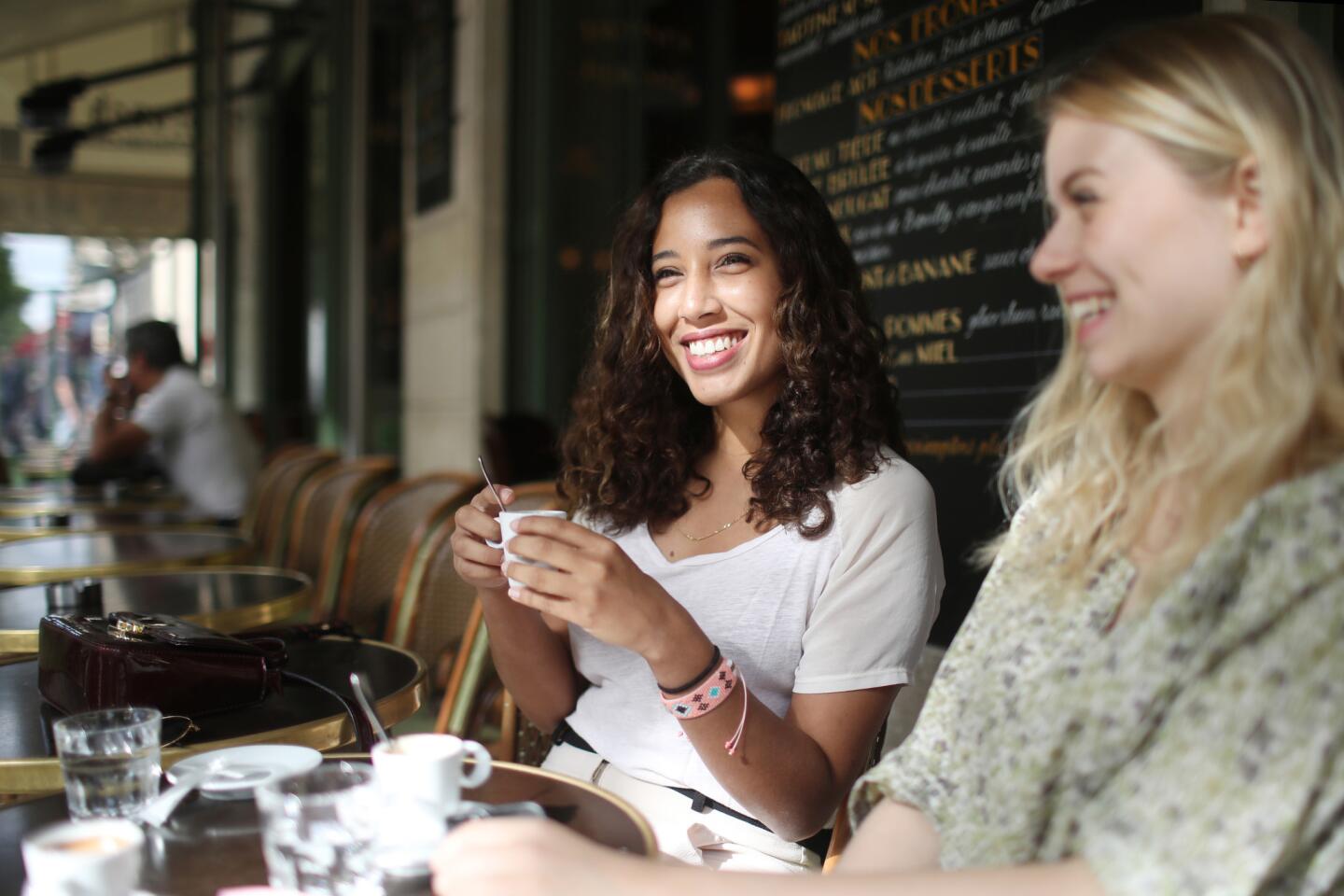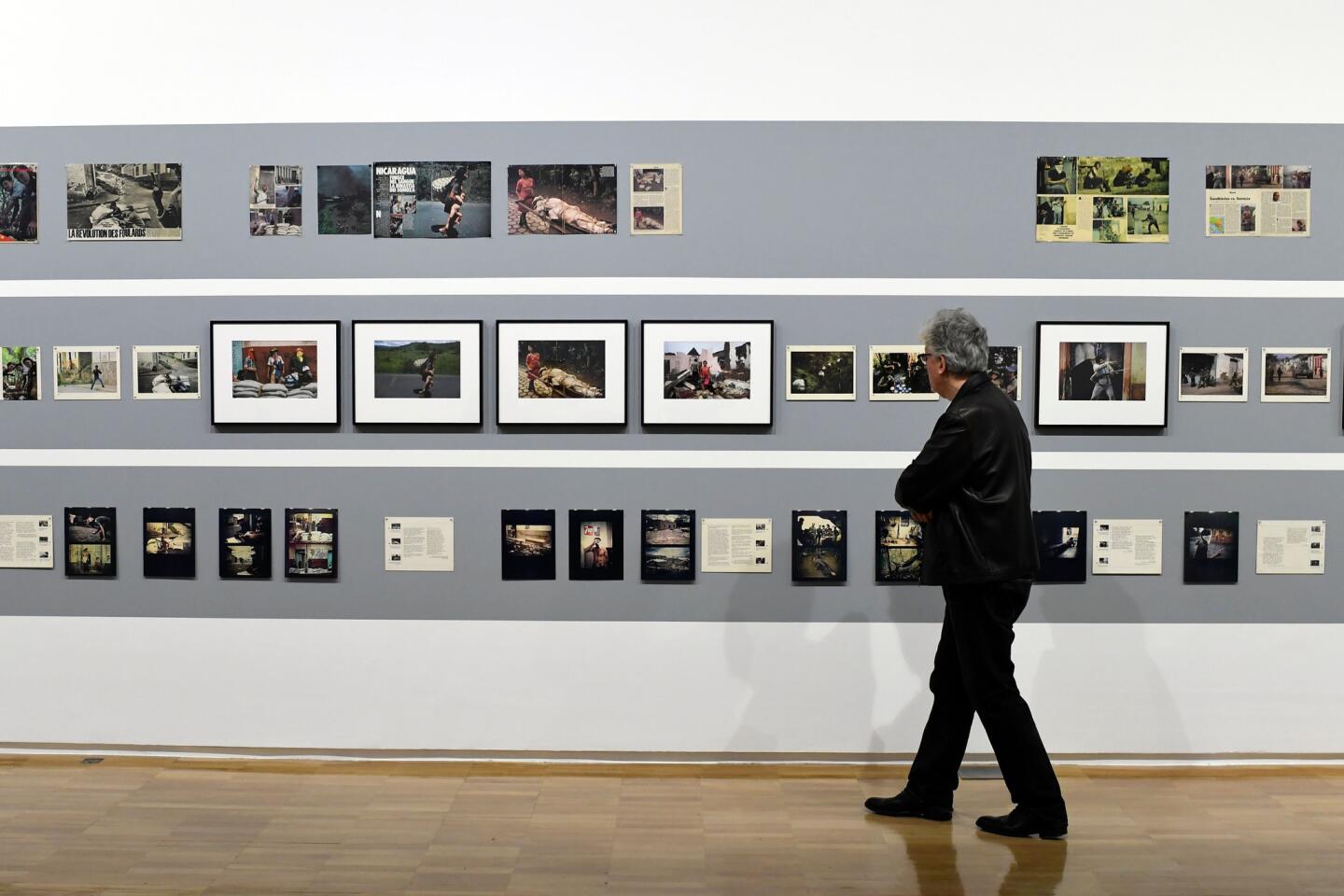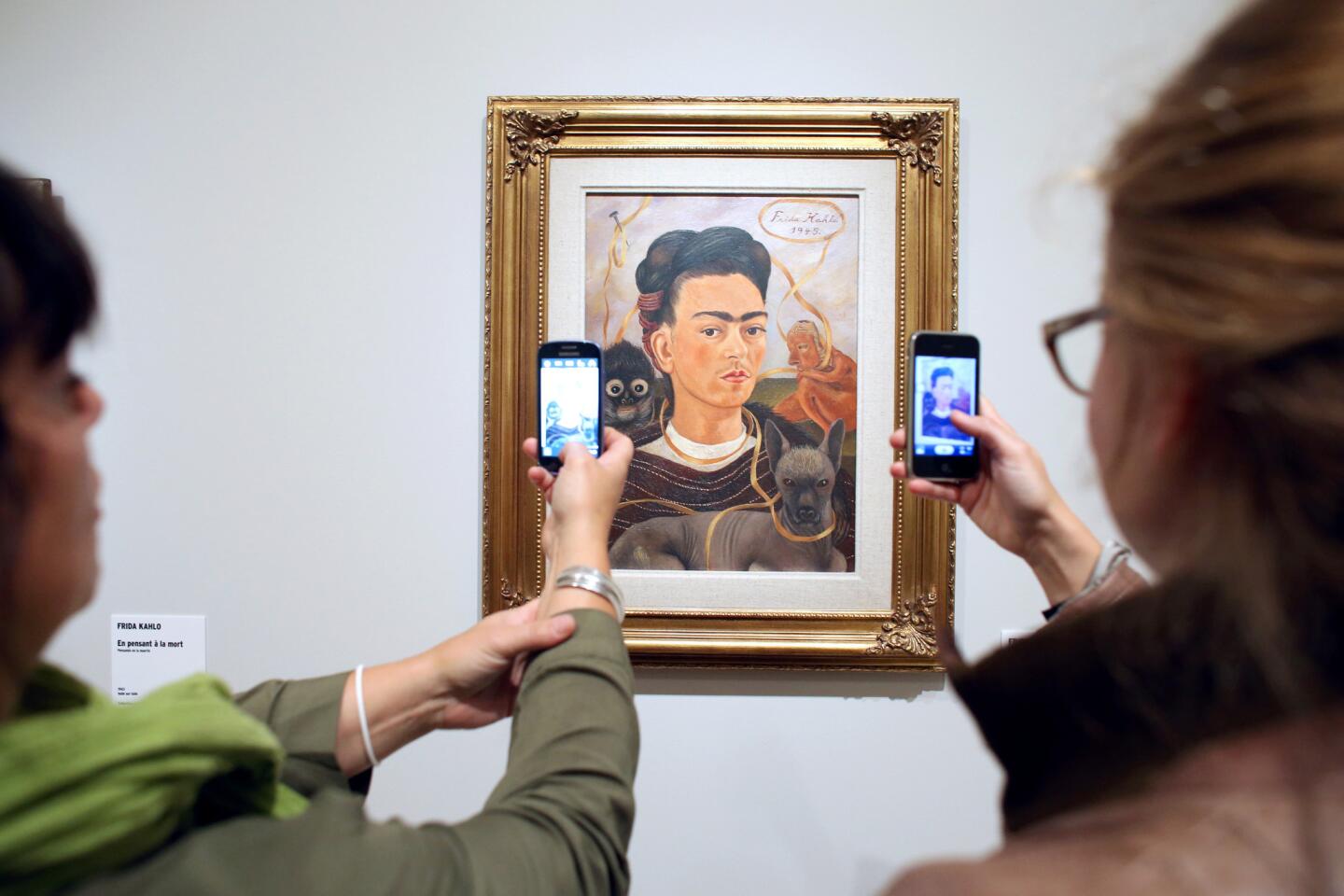An expat’s guide to Paris
“Paris? It’s too real and too beautiful. It never lets you forget anything.
“It reaches in and opens you wide, and you stay that way.”
— Gene Kelly as Jerry Mulligan in “An American in Paris”
Paris allows you to discover its secrets slowly. It kept my wife and me at bay in the 1990s when we lived and worked here. It ran down boulevards when we chased it. It hid behind copies of the newspaper Le Figaro and the magazine Paris Match. It vanished into clouds of café steam.
The city was everywhere, except where we happened to be. Until the day when, out for breakfast, we bit into tartines instead of croissants. And the day we put on shoes for a walk instead of sneakers. Paris was burning away its mist of strangeness, and we were starting — just beginning — to understand.
Kathy and I planned to revisit the city early last fall. It had been decades since we had learned what an expat learns about daily life and culture, about eating out and getting around. Would our memories and knowledge be useless — or at the very least, gnawed at, by years back in the States?
I started jotting things down. I scratched my head. I found that I was working, without realizing it, on a sort of guide.
It would have American-in-Paris tips for travelers in several categories. I would try to focus them as much as I could for short-term tourists. And when I was done, we would test all the advice during our week of revisiting. Here is what we found:
Daily life and culture
On our return trip here, Kathy and I were reminded how T-shirt-and-ballcap-casual our life in America had become.
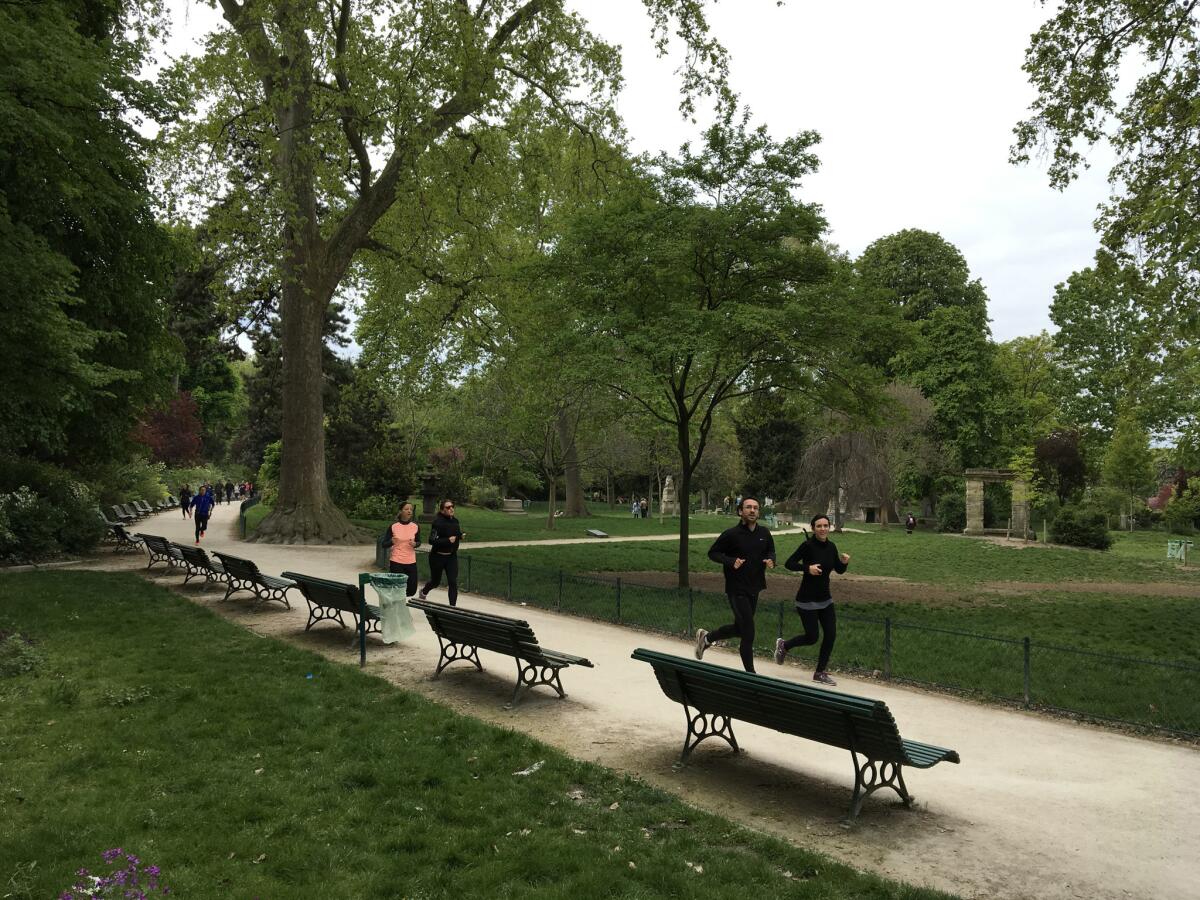
We knew we had some relearning to do when it came to Paris’ rites and rituals. We remembered a simple rule of thumb: The city will open up to you in a thousand small ways if you can blend in and play by a few of its rules.
- Paris protects its daily traditions, such as greeting store owners on entering and leaving, perhaps by saying “Bonjour, madame,” instead of just “Bonjour,” and by respecting at least some small-scale formalities between strangers while, at the same time, shaking hands or double-kissing just about everyone you know. Though we frequently failed, we tried to keep these formalities in mind.
- Do your best to roll with the slower pace in ticket lines, restaurants and the like. When American friends visited us, some claimed that waiters in bistros and brasseries ignored them or were rude. Kathy and I would listen, then do what we could to explain. “The French don’t want fast service,” we would say. “They want leisure to enjoy.”
- Try using a few words of French when you begin to speak, instead of launching into English right away. If you can, modulate your voice a little, no matter how enthusiastic or friendly you may feel. The more modestly you mumble, the better.
- I’m embarrassed to admit that, when we lived here, I memorized the phrase for “Sorry, I don’t speak French well” and used it at the start of just about every sentence. (That’s ”désolé, je ne parle pas bien le français,” in case you’re wondering.) Even grouchy Parisians tended to back off on hearing this — falsely (though politely) assuring me that I was “doing fine.”
- How you dress, as an expat or as a tourist, is a language of its own — and one that locals quickly understand. Parisians are good at guessing things about you based on your style of raincoat or how you angle your hat. For reasons I’ll never understand, the language of shoes seems to shout loudest when it comes to suggesting who you are. When we lived here, I realized that my American-style sneakers were doing the talking for me: They were saying things I didn’t want them to say in a city of leather shoes. Ironically, retro-chic canvas sneakers seem to be cool in Paris right now, but probably best not to pack your cross-trainers.
- Consider leaving sports-style clothing at home — your Gore-Tex, your nylon, your trail-trekkers, your Thinsulate gear. Replace it with wool and cotton, with whatever take on the classics you can muster. Parisian street style isn’t fancy, as some seem to think. It’s simple, but with personal twists, my stylish wife said. Men add colorful pocket squares to Brooks Brothers standards; women like to add an interesting scarf or jacket to jazz up a pair of jeans.
- For more thoughts on Paris life and culture check out Transitions Abroad’s “Living Abroad in France: Dos and Don’ts.” Also useful is “France-USA Contacts,” which we used all the time when it was a newsletter, and Gary Lee Kraut’s well-crafted “France Revisited - Life in Paris, Travel in France” or the France Revisited website.
- Though there’s nothing wrong with travel websites and traditional guidebooks, we expats stumbled onto an info-crammed paperback that was more in-depth when it came to cultural issues. We expats called it the bible or “the Bloom book.” Since 1970, “Bloom Where You’re Planted, Tips for Living in France” has been published and updated by the American Church in Paris (65 Quai d’Orsay, acparis.org). A 2018 edition is planned for the fall. For information, go to woac.hostingparis.com/bloom-book.
Touring and sightseeing
There is the Paris of neighborhoods. And there is the Paris of must-see monuments and museums.

When Kathy and I hosted American friends here, we discovered an interesting thing. People who didn’t care about paintings or sculpture when they’re home would spend their entire visit at the Louvre and Musée d’Orsay. When we would try to tear them away to see an unusual market or square we liked, they would often say no.
- Everyone is different when it comes to sightseeing, but as expats we tended to devote our time to sniffing out small-scale things that were unique or characteristic of the different neighborhoods — the arrondisements — and to do this we ended up exploring on foot.
- Walk if you can. We have encountered bicycle or Segway tour groups wobbling and weaving near popular sights while trying to deal with Paris’ frenetic traffic. It can’t be easy to absorb what you’re seeing this way.
- Take one of the city’s bus routes instead of the Métro. The tickets cost the same, and Paris buses aren’t hard to figure out. Passengers at a stop are expected to flag down the particular bus they’re waiting for. If you ride above ground, you can scope things out and decide what’s worth visiting. We used to ride Paris’ 63 bus line for the pleasure of it as it meandered along the Left Bank of the Seine and through many of the districts we liked.
- Paris’ parks became an obsession for us and other expats we knew. We would aim for a different one every Sunday — the day French families stroll and unwind on benches. Our favorites then and now include Parc Monceau, in the 8th arrondissement, a classically French garden complete with whistle-blowing uniformed gendarmes, and Parc des Buttes-Chaumont, in the 19th arrondissement, the opposite extreme with its puppet theater, pony rides, waterfall and steep hill with reproduction temple at the top.
- Wander in the museums, particularly if you’re an art or history lover at home. If you are a gallery-goer, try branching out to some of the smaller “secret” museums such as the Musée de l’Orangerie (Impressionism) in the Tuileries Gardens, the Jeu de Paume (photography), also in the Tuileries, and the Musée Carnavalet (Paris life) in the 3rd arrondissement. The collections, though compact, don’t disappoint, and you’ll mix with more locals than tourists.
- On rainy days we turned to dropping into pharmacies, fromageries and patisseries — both for the artistic displays and for the old-fashioned ambience.
- Consider checking out the city’s 19th century glass-roofed covered passageways, such as Passage Vendôme, Passage Brady and Passage du Grand-Cerf.
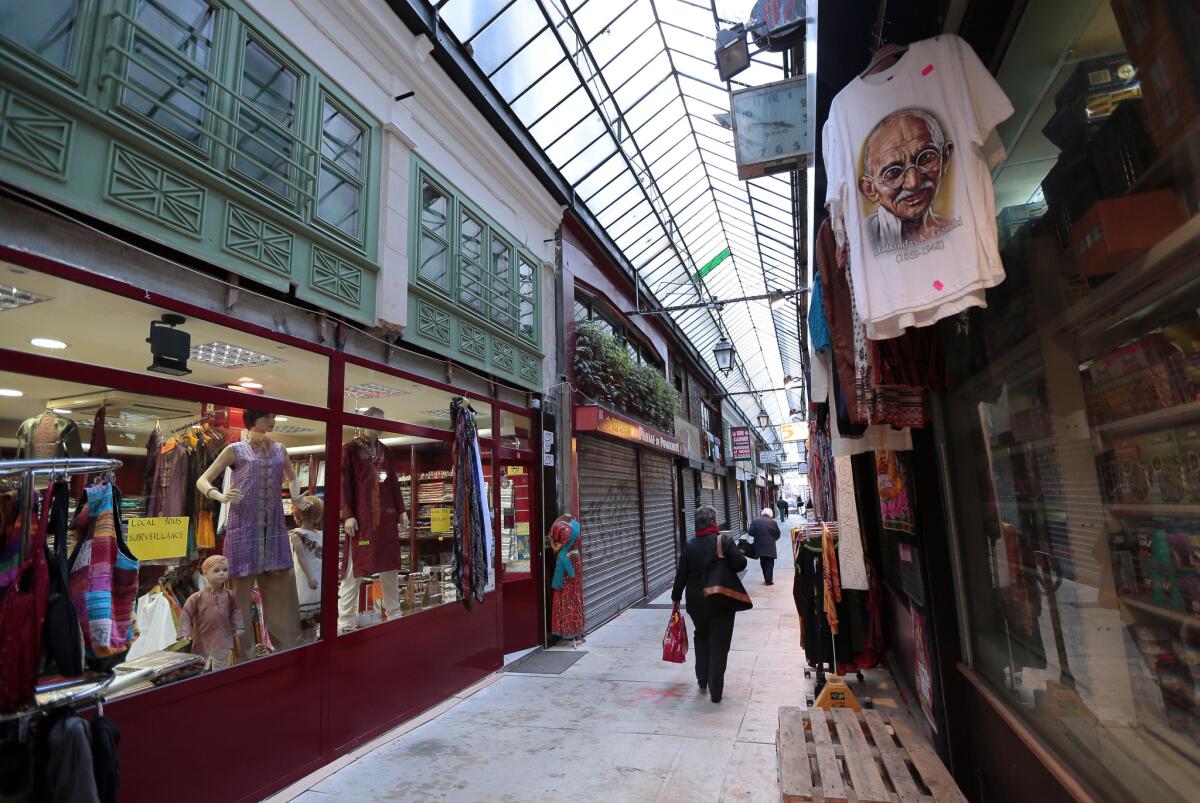
If there’s one thing Paris expats agree on, it’s this: the official Plan de Paris par Arrondissement (Paris Street Guide by District), a chubby little paperback that’s compact enough to jam in a pocket or purse. Parisian cab drivers still refer to this city map even in an age of GPS. Yes, the cover curls up with use, but the elegantly printed plan becomes quickly indispensable. New copies are on Amazon; there’s also an online version that uses the famous old fonts and design (lat.ms/onlineplandeparis).
Eating and drinking
Even a first-time tourist arrives here knowing how much life revolves around a daily baguette, a decent piece of cheese and bottles of almost always drinkable — and not necessarily expensive — wine.
What surprised us at first when we lived here was how much time the French spend over cups of café express; full, hot meals at lunch; and a pastis, pot of tea or a bière à la pression (draft beer) in the late afternoon.
If, like we did, you take a stab at living to eat, instead of the other way around, and try smaller neighborhood bistros and cafes (even if they’re not on Yelp or in guidebooks) you’ll be changed for life.
- Order like the table next to you. Drink sparkling mineral water Badoit and a simple table wine with your meal; ask for steak or lamb saignant (rare) even if you don’t prefer it that way; eat your salad after the main course; and nibble some cheese before a fruit tart such as a tarte aux framboises (raspberries) or tarte aux pommes (apples).
- Once we expats discovered how lean French cuts of meat tend to be, nearly every American we knew began to choose redder and rarer preferences. A few of us, including Kathy, who eats meat only occasionally, ended up ordering French steak bleu — just slightly seared on the outside
- Even the most seasoned expat wastes time mulling where to dine. As strange as it may sound, Kathy and I and others we know had better luck when we tried to avoid the following:
- Restaurants flying lots of international flags.
- Restaurants with plastic menus in several languages
- Restaurants with a guy out front beckoning you in
- Restaurants with pink or yellow tablecloths (weird, I know) and those with paper place mats.
- Promising restaurant indicators are, alas, a bit tougher to detect. A certain bustle is a good sign — as is a room full of diners who appear to be French.
- Paris heads to work, to lunch and to dinner a bit later in the day than most Americans are used to. For dining out at midday, 1 p.m. is more or less typical. When it comes to dinner reservations, 8 or 8:30 p.m. is a reasonable choice if you want to live like a local.
- We expats learned the hard way that we got better service in restaurants when we tried our best to behave in ways that waiters expected. Lots of s’il vous plaîts and merci biens go a long way. Je vais prendre (“I would like to have…”) is a polite and pronounceable phrase for ordering. To signal to a waiter that you’re done, align your fork and knife beside your plate rather than flagging someone down. And — as you may already know — waiters are monsieur or madame, never garçon, though it’s still suggested in some guidebooks.
- Here are a few American-in-Paris ideas for places to dine — and for dishes you might want to try. For starters, don’t miss ordering a choucroute, a sole meunière or platter of shellfish on ice at a good Paris brasserie. France’s Moroccan population has made its mark on Paris dining, and nearly every arrondissement has interesting small eateries serving couscous and its accouterments. Another expat touchstone is Le Relais de l’Entrecôte, which has several Paris locations and serves one thing only: a superb steak frites
- Expat-approved tomes on food include Alexander Lobrano’s “Hungry for Paris” and the website Paris by Mouth.
- Being in Paris does not require paying a lot for a “French” meal. Expats and locals like dining at casual, ethnic eateries. Vietnamese and Chinese restaurants have a lighter touch than in the U.S. Pizza in Paris? Mais oui. The city’s pizza joints serve excellent thin-and-floppy-crust, single-plate pies. Try it with merguez (Moroccan lamb sausage) and some of the pepper-infused oil that’ll be on your table.
Sometimes when you’re doing something like biting into pizza, which doesn’t, on the face of it, seem very French, you look around and realize you are the only American in the room. This could be your expat moment.
You’ll know it’s actually happened as you pat your copy of the Plan de Paris and align your knife and fork.
You almost, not quite, but very nearly belong.
More expat tips when visiting Paris

“There’s no need to stay in the Marais or St. Germain des Prés! Choose a less touristy neighborhood where the local restaurants and shops will be more authentic, not just full of tourists. Many of the southern and western suburbs are great.”
— Lisa Vanden Bos, Boulogne Billancourt, France
“If you’re at a restaurant with a group and have not yet learned French, try to order your meal directly after a friend. Say, “La même chose, s’il vous plaît” (“The same thing, please.”) Just hope that your friend has not ordered brain or tripe.” — Patrick Sweet, Madison, Wisc. (former Paris resident)
“Daily French life is about food. The best way to get a sense of its scope is to visit La Grande Epicerie de Paris at Bon Marché or walk through a public market in just about any arrondissement.”
— Joseph Russo, Fort Lauderdale, Fla. (former Paris resident)
“Consider a visit to Paris’ Deportation Memorial on Île de la Cité, behind Notre-Dame Cathedral, which honors the memory of the thousands of Jews and others deported from France to Nazi concentration camps between 1940 and 1944. So many people don’t know about this memorial and it is breathtaking.”
— Rob Bracken, Palm Springs (former Paris resident)
“Don’t forget about Paris’ wine bars. Our favorite wine bar/bistro is behind the Pantheon: Café de la Nouvelle Mairie on a little street called Rue des Fossés Saint Jacques. Good food, cheese, more small plates than big meals.”
— Jill Lillie, New York (former Paris resident)
“Be sure to leave plenty of time to do ‘nothing.’ That is, to sit in a café or a park and watch the world go by. To read, write and observe. To enjoy…strolling around the city, just like the Parisians love to do.”— Janet Hulstrand, Silver Spring, Md., and Paris
If you go
THE BEST WAY TO PARIS
FROM LAX, Air France, Air Tahiti Nui, Norwegian and Delta offer nonstop service to Paris, and Delta, United, Lufthansa, American, KLM and British offer connecting service (change of planes). Restricted round-trip airfare from $698, including taxes and fees.
More to Read
Sign up for The Wild
We’ll help you find the best places to hike, bike and run, as well as the perfect silent spots for meditation and yoga.
You may occasionally receive promotional content from the Los Angeles Times.


